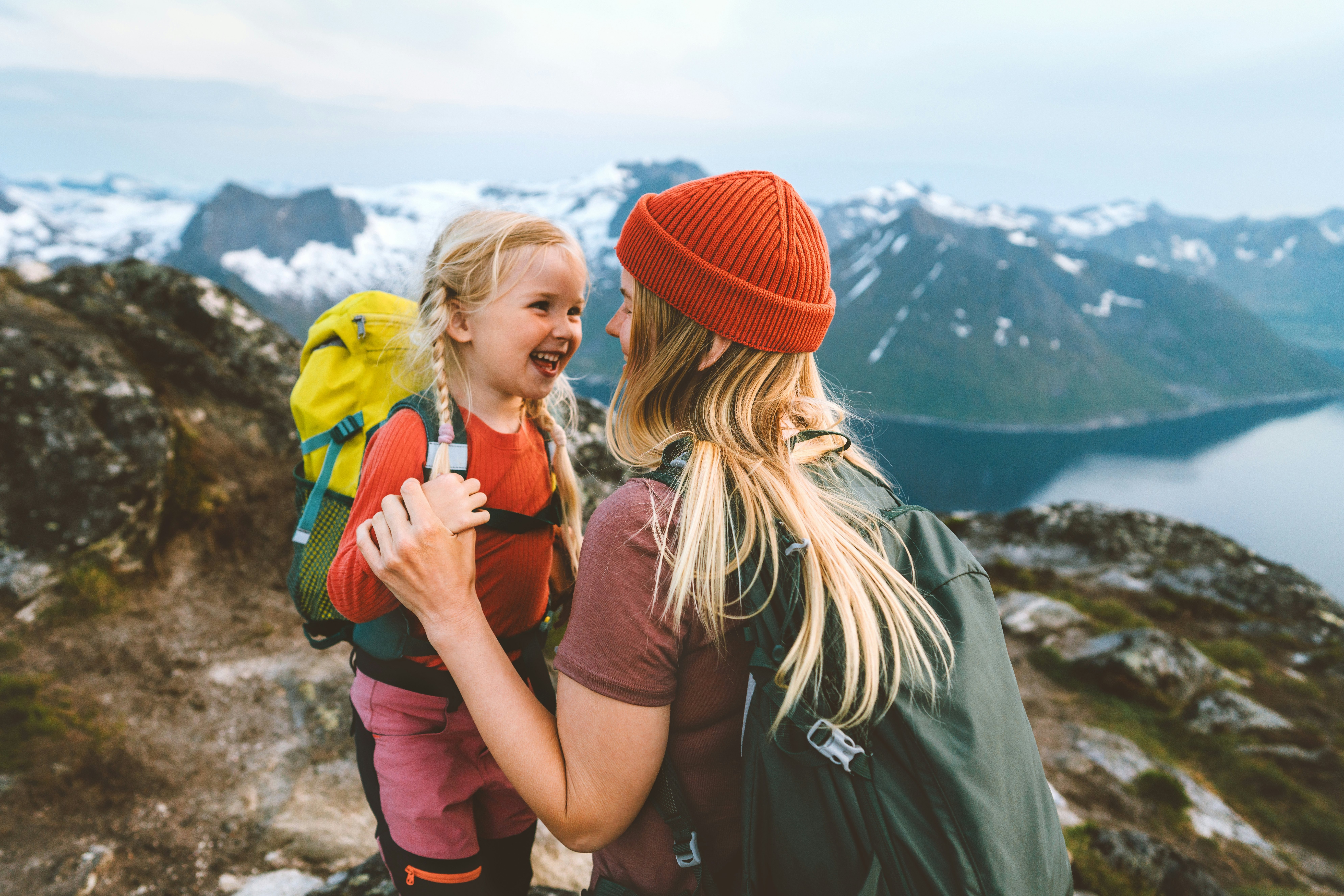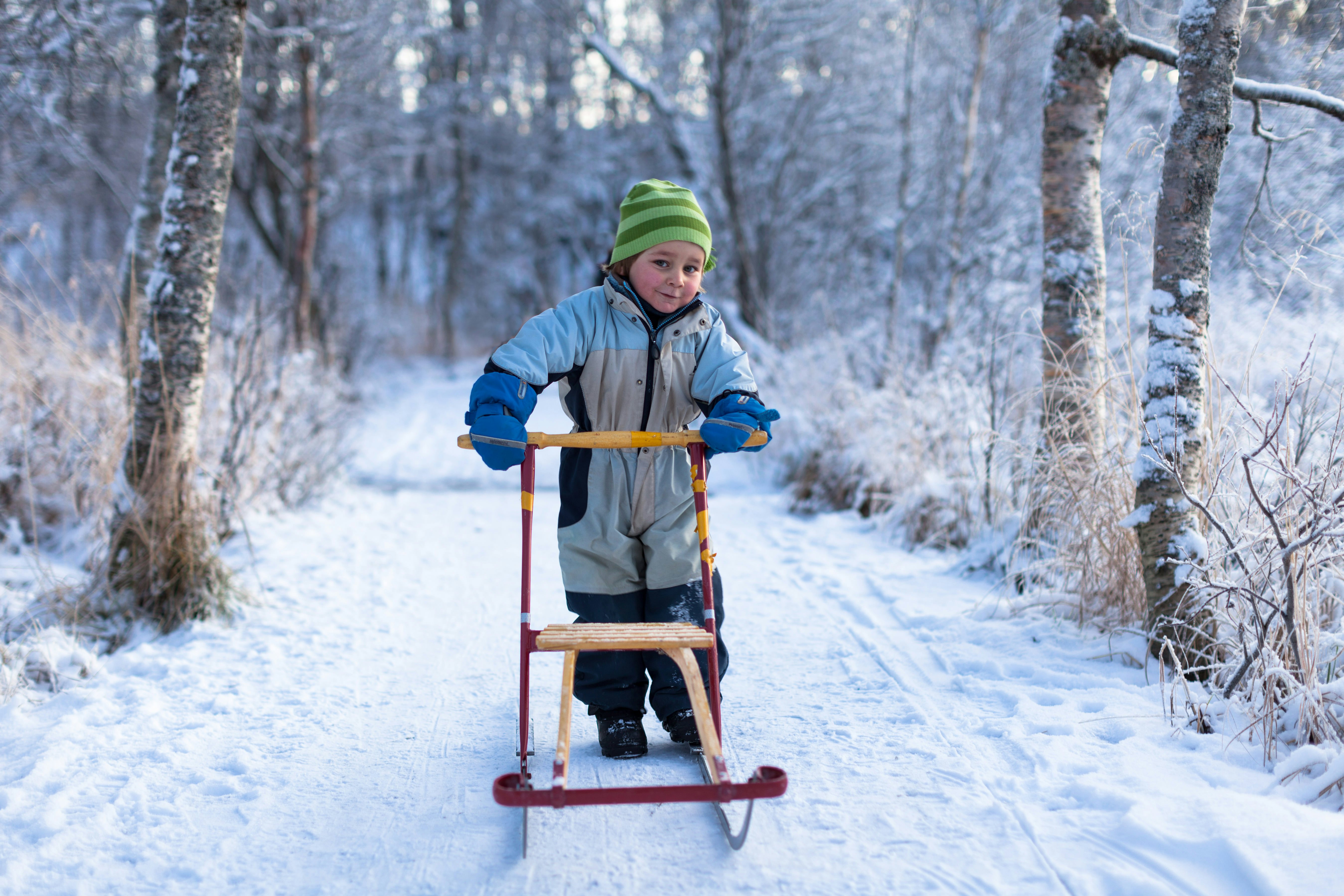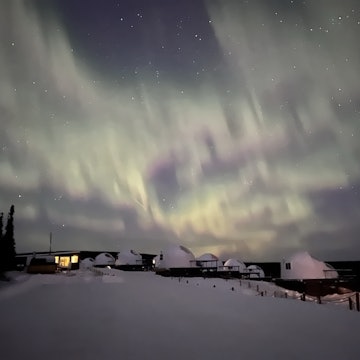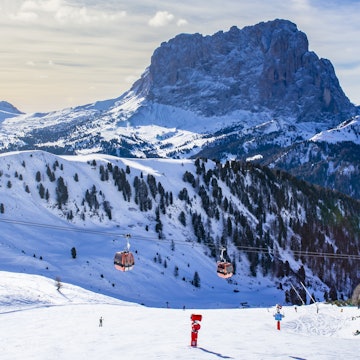

Norway abounds with outdoor adventures that will delight and thrill children © Jakub Stanek / Shutterstock
If someone were design a child- and family-friendly destination for travelers from scratch, it would look something like Norway.
This Scandinavian country has famously family-friendly working and pay conditions – a spirit of inclusivity and cohesion that extends to travel, and one visitors from all over the world can enjoy. Throughout Norway, everyone – from hotels and campgrounds to restaurants and outfits offering activities – seems to bend over backward to make it easy and enjoyable to travel with kids in tow. (A vivid example of such hospitality? The dedicated kids’ playroom carriage on the train from Oslo to Bergen.) Norway also has a host of world-class attractions to complement its great outdoors, which children love as much as their parents.
Considering somewhere fabulous to go with your kids? Read on to find out why you should pick Norway.

Is Norway good for kids?
Norway is a model for how other countries might make themselves more family friendly. A near-universal acceptance of breastfeeding in public obtains, while restaurants and hotels are almost universally welcoming to children. Such attitudes are an extension of family-forward social policies, such as almost two years of guaranteed parental leave at nearly full pay. Parents, in turn, take the “leave” part seriously.
Getting around in most Norwegian towns and cities is easy enough in a stroller or carriage, although cobblestone lanes in older parts of some towns can be difficult to negotiate. In restaurants, high chairs are widely and freely available, while toilets routinely have baby-changing accommodations. Many hotel rooms comfortably fit families, and most hotels offer some form of family-friendly pricing – in fact, in some places, children under a certain age stay for free, especially in summer. Some hotels even have dedicated indoor play areas for kids, while the Thon Hotel chain has small, moveable stairs at reception so children can see over the counter and be welcomed as part of the whole check-in experience.
The main difficulty in traveling as a family is Norway’s cost. As with just about everything here, essentials like diapers and formula are ridiculously expensive compared to other countries. The same applies to food. Even though supermarkets are plentiful, some restaurants have child menus and snacks like the ubiquitous hot dog can help keep costs down, the costs of making sure your kids eat well and often will quickly add up.

Where is best in Norway for kids
Most regions of Norway have attractions that will entertain children. Natural landscapes such as the fjords, the glaciers of central Norway or the Lofoten Islands will impress children of a certain age, while chances to see wildlife – from whales off Vesterålen to walruses in Svalbard – can educational, not to mention simply exciting. Sprinkled throughout Norway are theme parks designed with kids in mind, while museums across the country often have highly interactive exhibits that will entertain even the most travel-weary child.
Best things to do in Norway with toddlers
Theme parks where you can meet trolls
Even the smallest toddler will be agog when they meet their first trolls at the Hunderfossen Familiepark, near Lillehammer, or stare up at the world’s biggest troll at Senjatrollet, on the beautiful northern island of Senja.

Best things to do in Norway with kids
Now you’re talking. Almost as soon as your child has learned to walk, Norway has things to keep them entertained.
Wildlife safaris
Norway is one of Europe’s best places to see wildlife, and some of the continent’s most charismatic creatures at that. summer is the best time for whale-watching boat trips, departing from Andenes and Stø (Vesterålen) and Tromsø, to see giant sperm whales up close. Like something out of a video game, the musk ox herds of Dovrefjell-Sunndalsfjella National Park, in central Norway, are unforgettably big and hulking. Most kids also love the chance to free-range moose or elk near Oppdal, Rjukan and Evje. And for animals you can’t see anywhere else in Europe, head to sub-polar Svalbard, where sightings of walruses, reindeer, Arctic foxes and even polar bears are all possible.
Theme parks for all ages
Hunderfossen Familiepark also has rides and fairy-tale palaces to enjoy. If your family wants a guarantee of spotting big animals, Kristiansand Dyrepark in the country’s south combines an excellent zoo with an amusement park; you can even stay overnight. Way up in the north, Polar Park, in Setermoen, focuses on otherwise-hard-to-find Arctic species, while Namsskogan Familiepark, south of Mosjøen, combines Arctic wildlife enclosures with a fun zip-line.
Viking museums
Viking stories seem custom-made for a child’s imagination, and Norway has many such stories to tell. In some museums, like Stavanger’s Archaeology Museum, volunteers even dress up in Viking paraphernalia to help the imagination along a little. They do the same at Lofotr Viking Museum on Lofoten, where you even enjoy a themed dinner in a rebuilt Viking longroom.

Other museums
Some of Norway’s museums will immediately appeal to children because of the subject matter. But others have interactive exhibits and/or children’s play areas with toys and activities that bring the subjects to life. And in summer – especially July and the first two weeks in August – numerous museums with a historical focus organize programs for children, with games, activities and staff dressed up in period costumes.
Some of the best to really inspire the children and keep them engaged are Oslo’s Kon-Tiki Museum, Stavanger’s Oil Museum, Bodø’s Airplane Museum and the Norwegian Glacier Museum in Fjærland. Stavanger even has the Norwegian Children’s Museum, which has a marvelous indoor playground for younger kids.

Best things to do in Norway with teenagers and tweenagers
They may feign disinterest, but even the most jaded teenager will be posting TikToks about their experiences in the Midnight Sun and polar night.
Dog-sled through the snow
There’s no better way to explore the Arctic North than to head out into the icescape aboard a dog sled pulled by a team of Siberian or Alaskan huskies. This can happen around Røros, Tromsø, Karasjok and Svalbard; minimum age limits may apply. In summer, they put wheels on the sleds, although that doesn’t quite have the same cachet.
Train for the Winter Olympics
The central Norwegian town of Lillehammer hosted the 1994 Winter Olympics – and locals do an excellent job of taking you back in time. Your tweenager or teenager can stand on the dizzying 136m(446ft)-high summit of the Lygårdsbakkene Ski Jump and imagine Olympic glory. Children of a certain age – 10 to 16 years, depending on the machine – can hurtle down the Olympic luge and bobsled run nearby at Hunderfossen.
Go white-water rafting
Norway’s undisputed white-water rafting capital is Sjøa. Lots of operators run trips, and all of them tailor river descents for families. For younger children and their parents, this should mean calmer waters – but teenagers may get to sample the rougher, more-adrenaline-pumping rapids.

Planning tips for traveling in Norway with kids
Road distances in Norway can be deceptively long, so try and concentrate on getting to know one area well, rather than trying to cover the whole country. If you’re going further afield, consider taking the train, or breaking up the journey with overnight stops.
Speaking of getting around as a family, we recommend treating transport as part of the fun. Take the Hurtigruten Coastal Ferry as an example: the novelty of traveling on board a very large boat with swimming pools, buffet restaurants and children’s play areas can work wonders, while getting you from one place to next at the same time.















